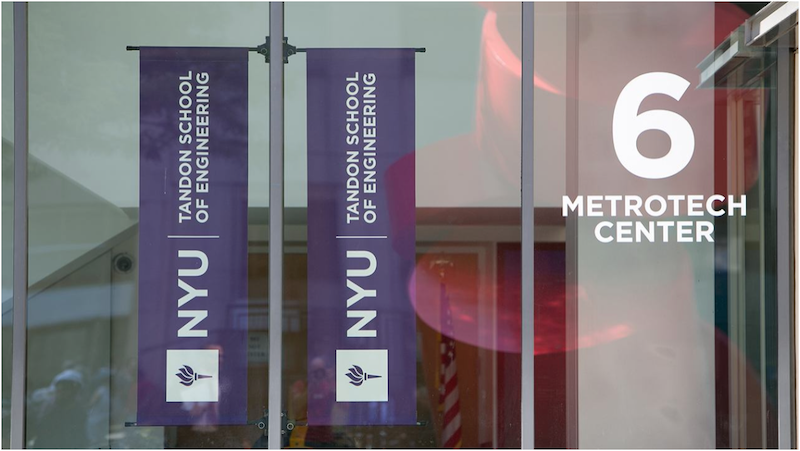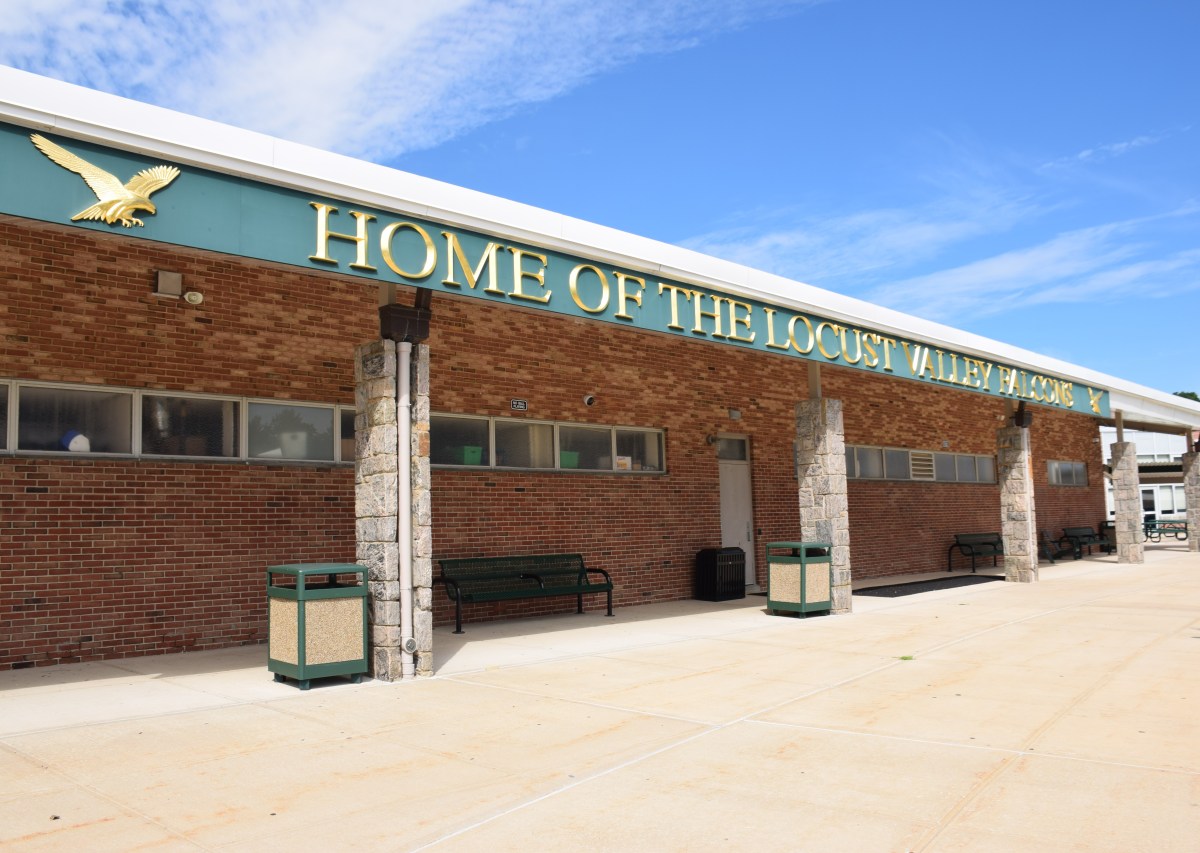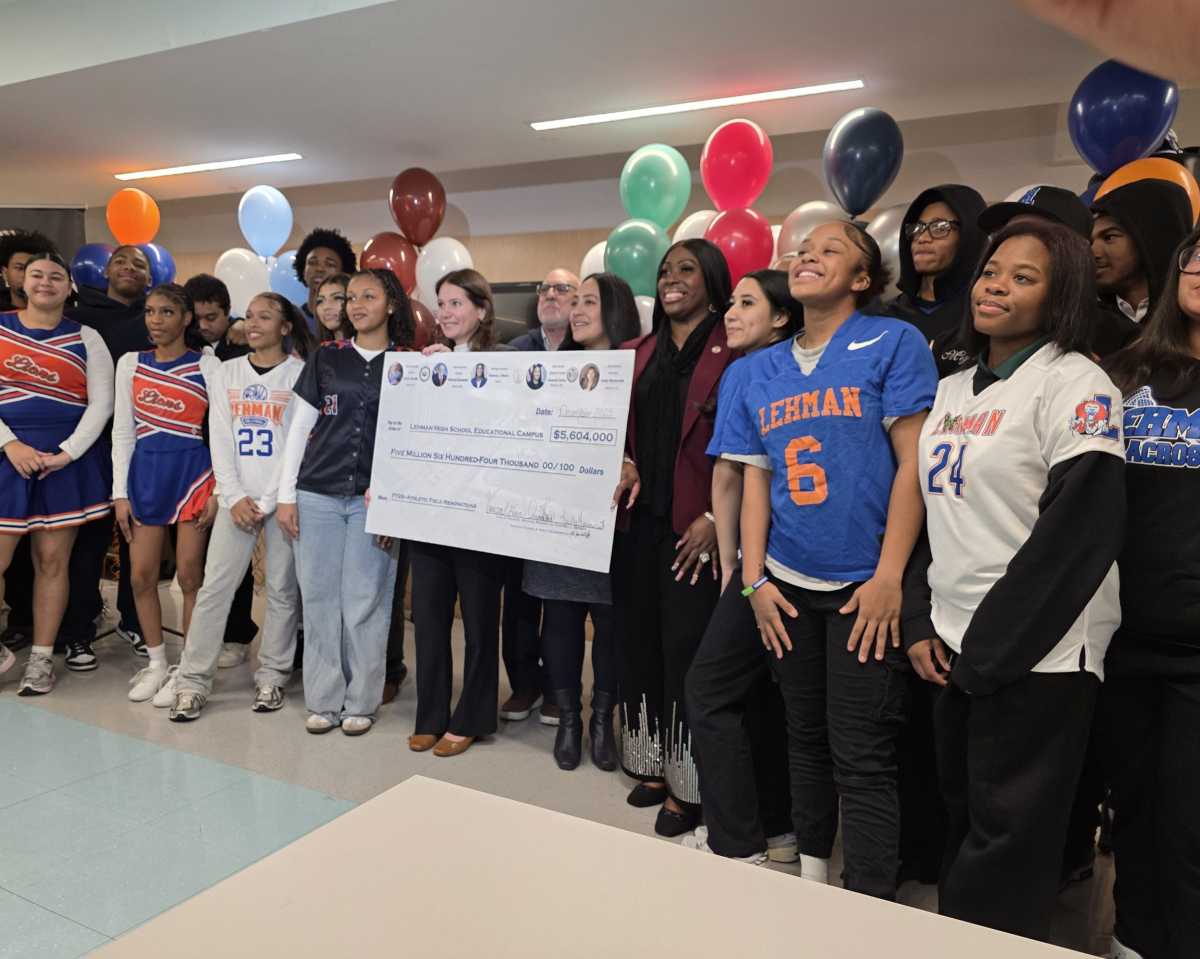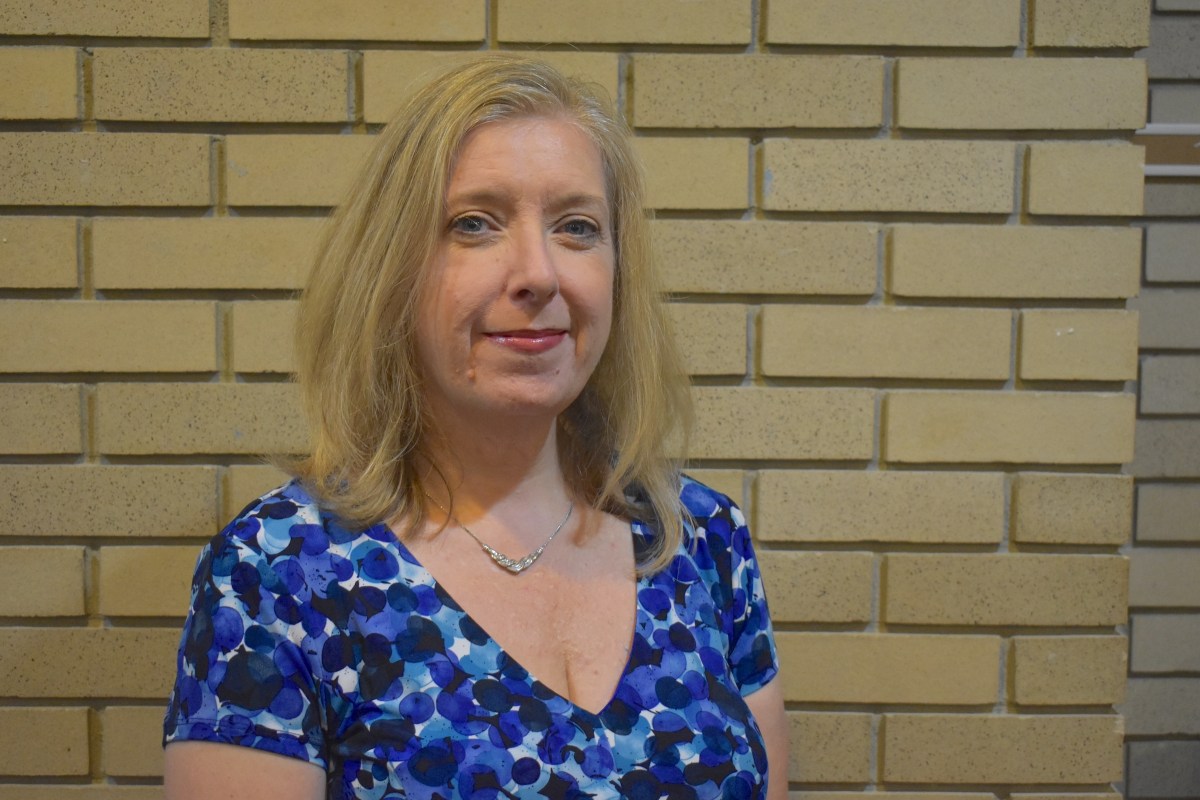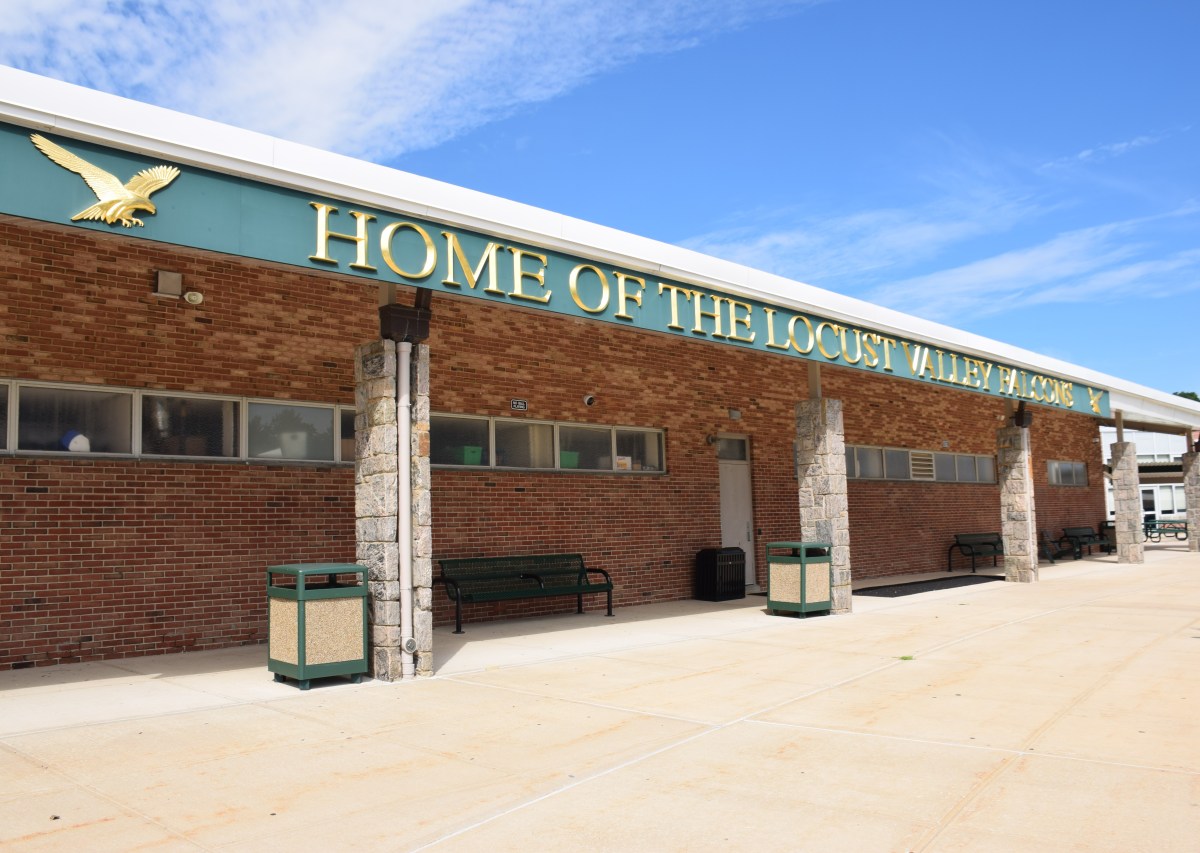This summer, the New York University Tandon School of Engineering in Downtown Brooklyn hosted 36 middle and high school students from the five boroughs for free Science, Technology, Engineering and Mathematics (STEM) workshops. Facilitators and educators faced challenges moving the primarily hands-on program to virtual, but have reaped some unexpected benefits.
The program, in its eighth year, specifically targets typically underrepresented demographics in STEM, namely students of color, girls and young women, and those from low-income backgrounds. This year about two-thirds of the students were Black and Brown, and one-third Asian, said the program director.
Students from different schools participated in the CrEST (Creativity is Engineering, Science and Technology) program, including High School for Construction Trades, Engineering, and Architecture; Urban Assembly Gateway School for Technology, Transit Tech Career And Technical Education High School, Queens Technical High School, Midwood High School, Brooklyn International High School, and Academy of Software Engineering.
“We only had two in-person classes before we went online,” said Director Ben Esner, of the Center for K-12 STEM Education at NYU Tandon School of Engineering. He chuckled a little about the unexpected shift that demanded just as much creativity out of the educators as the students to get the program up and running during a citywide lockdown.
“We didn’t give up. We didn’t just say oh now forget it,” said Esner.
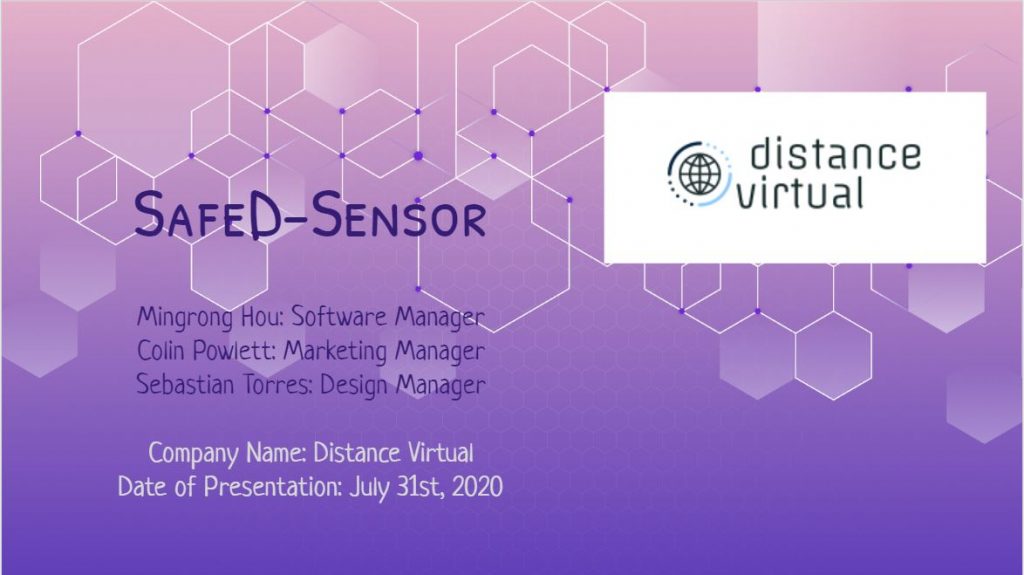 The program pivoted to include video conferencing for live workshops and physical experiments and tools for doing research at home through care packages mailed to participants’ houses. It ran mostly on the weekends with 12 sessions beginning in the spring.
The program pivoted to include video conferencing for live workshops and physical experiments and tools for doing research at home through care packages mailed to participants’ houses. It ran mostly on the weekends with 12 sessions beginning in the spring.
Esner said he was a little skeptical at first, but a majority of the kids ended up finishing the program. “To remain engaged on a Saturday, after lockdown, after a full week of online school. These kids are still logging in at 5 o’clock on a Saturday morning, you know, in April, when things were terrible in New York,” said Esner.
“Since we went online in the spring we were teaching more theory-based, so we were worried. You can learn with theory, but it’s more reinforced when you have hands-on experience,” said Program Instructor and Junior at NYU Tandon School of Engineering Lizeth Oliva. “I think it was good because they were able to see what would be their problem in their circuit board, how could they fix it, and whatnot.”
The virtual programming inadvertently encouraged the students to think more independently, said Oliva, while they spent their summer hacking, learning how to collect and analyze data, and build small mechanical devices. The class makes video promotions and price point presentations of their final projects, said Esner, with this year emphasizing entrepreneurship, creative applications, and STEM skills in a more public service mindset.
Some projects were COVID-19 related, said Oliva. One project used echo lens sensors to assist the vision-impaired, one was a hands-free hand sanitizer rigged with a motion sensor, and one student’s project used distance sensors to monitor social distancing.
“One of the things that you cannot replace online is being on a college campus,” said Esner.
Under normal circumstances, said Esner, we’d offer a smaller group to teach STEM to younger kids on the NYU campus.
“In a typical summer, we might have 500, 600 middle and high school students come into our campus. Swipe in with their NYU ID. That is transformative, and in a significant way, it may seem trivial, but it makes a big impact,” said Esner.


